EVENTS
Online Lectures
Please find the last lecture in the series “Nazi Looted Art Restitution” – “The Return of Nazi-looted Art”, below, along with the other two lectures in this series.
Looking for my family through time
by Ariana Neumann
In 1941, the first Neumann family member was taken by the Nazis, arrested in German-occupied Czechoslovakia for bathing in a stretch of river forbidden to Jews. He was transported to Auschwitz. Eighteen days later his prisoner number was entered into the morgue book.
Of thirty-four Neumann family members, twenty-five were murdered by the Nazis. One of the survivors was Hans Neumann.
When Hans died, he left Ariana a small box filled with letters, diary entries, and other memorabilia. Ten years later, Ariana finally summoned the courage to have the letters translated, and she began reading. What she discovered launched her on a worldwide search that would deliver indelible portraits of a family loving, finding meaning, and trying to survive amid the worst that can be imagined.
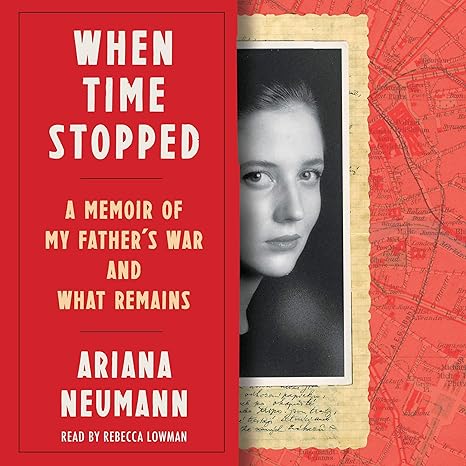
Nazi Looted Art Restitution
1.The Art World during the Nazi Regime
Art had a significant role under the Nazi regime. Hitler, who studied art, planned to bring together the world’s largest art collection to his birth city of Linz, Austria. For that purpose he worked with European art dealers from Germany, Austria and in the occupied countries. Herman Goering, head of the Nazi air force was also an avid art collector who took advantage of the Nazi confiscation policy to expand his collection. In addition, Nazi officers, such as Alfred Rosenberg, set up special task forces focused on looting and confiscating works of art and cultural property. This led to the greatest art theft in history, estimated in over 5 million items.
In this presentation, we discussed the process of Nazi looting and confiscation, since the rise of the Nazi regime to power in January 1933 and the setting up of the propaganda office led by Joseph Goebbels.
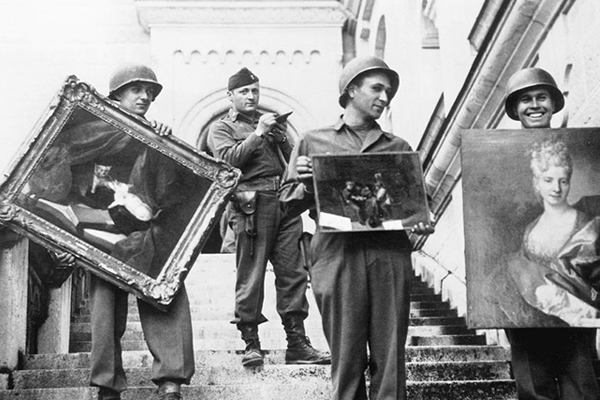
2.The “Degenerate Art” during the Nazi Regime
In the summer of 1937, the infamous “Degenerate Art” exhibition opened in Munich. It was set up by the Propaganda office of the Third Reich and displayed over 700 works of art that had been removed from German Museum collections since 1933. This became one of the most visited exhibitions in history when it reached over 2 million visitors. In parallel, “The Great German Art” exhibition also opened in Munich that summer, showcasing artists supported by the Nazi regime. The exhibition opening was accompanied by a pageant celebrating 2000 years of German art.
In this presentation we will discuss the artistic styles exhibited in both exhibitions and their popularity within Germany and beyond. I will bring examples of the outcome of these displays and consider what happened to these works of art once the exhibitions closed and where we can find them today.

3.The Return of Nazi-Looted Art
The process of restitution of Nazi-looted art, especially those confiscated from Jewish collections during the Second World War is complex and has risen to public attention since the early 2000s. One of the most well known cases is the case of the Gustav Klimt painting “The Woman in Gold” (Portrait of Adele Bloch-Bauer). This artwork became a symbol for the artistic wealth that Jewish families had at the time and for the difficulty for the heirs of these families to restitute their prewar cultural property.
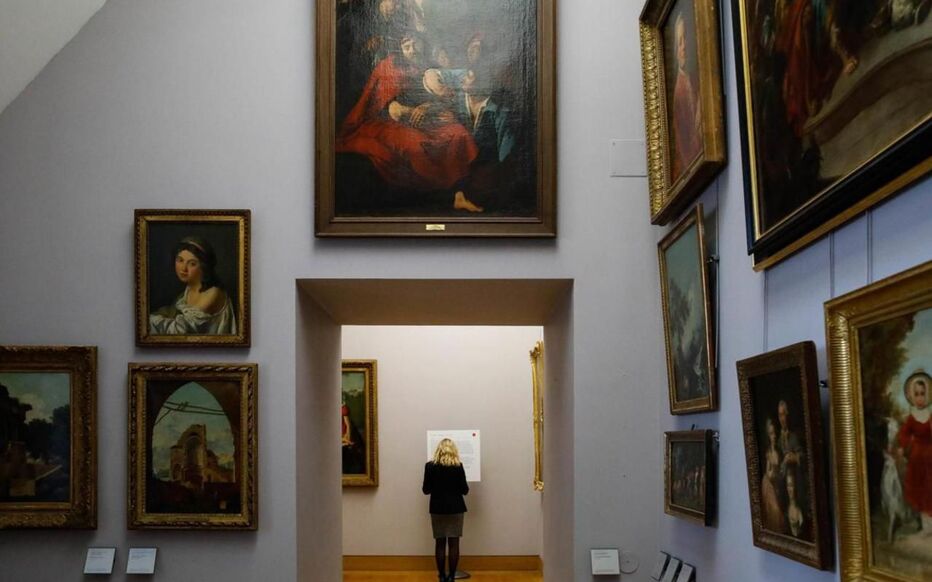
While many restitution cases are still taking place today, in this talk we will also discuss the incredible 2012 discovery of the Gurlitt collection. Cornelius Gurlitt was the son of the art dealer Hildebrand Gurlitt, who was working with the Nazi regime in their effort to remove “degenerate” art from Germany and sell it to buyers around the world. Over 1000 original works of art that were unseen since the end of the Second World War were found in his collection. Throughout this presentation I will bring a couple of examples of important art restitution cases and discuss the outcome of the Gurlitt trove since its 2012 discovery.
The Dressmakers of Auschwitz
The True Story of the Women Who Sewed to Survive
A powerful chronicle of the women who used their sewing skills to survive the Holocaust, stitching beautiful clothes at an extraordinary fashion workshop created within one of the most notorious WWII death camps.
At the height of the Holocaust twenty-five young inmates of the infamous Auschwitz-Birkenau concentration camp—mainly Jewish women and girls—were selected to design, cut, and sew beautiful fashions for elite Nazi women in a dedicated salon. It was work that they hoped would spare them from the gas chambers.
Lucy Adlington is an author, presenter, and keen collector of vintage & antique costume. She writes both history-inspired fiction and fascinating social history books.
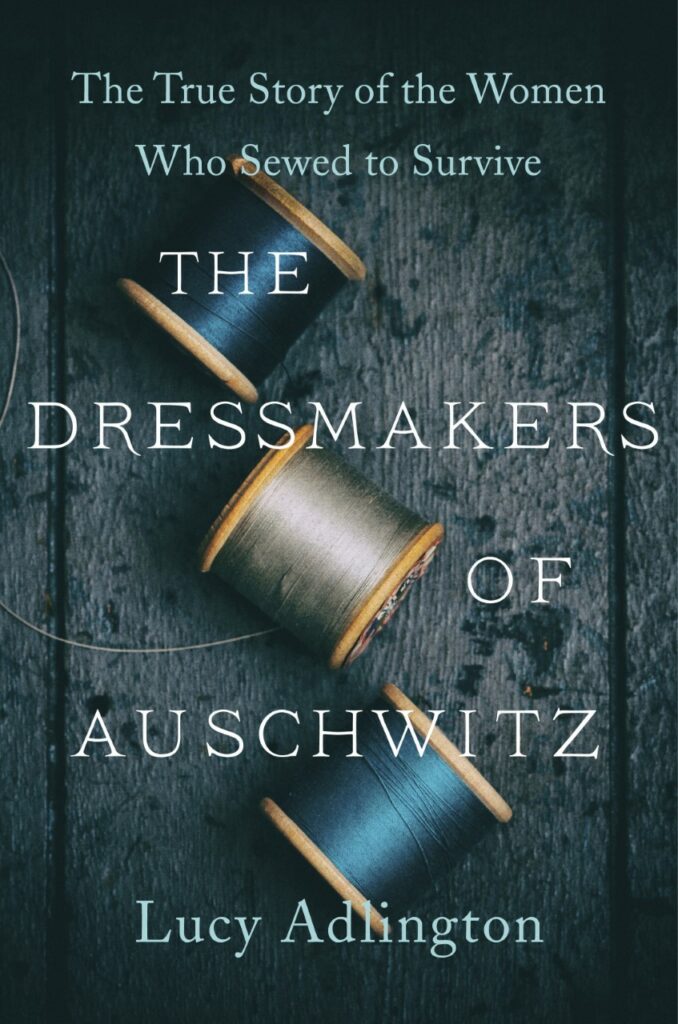
The Compromise of Return:
Viennies Jews after the Holocaust
Of a pre-Anschluss total of more than 200,000 Austrian Jews – both self-identified and those categorized as such by National Socialist “racial” policy – more than 90 percent lived in Vienna. Some 130,000 managed to escape but the Nazis murdered no less than 65,000, and by 8 May 1945, fewer than 6,000 remained alive in the capital city. Some survivors reemerged from hiding immediately upon the Soviets’ conquest of the city and those who had endured internment in concentration camps joined them there shortly thereafter. The majority of Austrian Jews who survived in exile remained abroad, but a few thousand also returned to reestablish lives in Vienna.
Why lay down roots anew in a homeland from which they had been deported or expelled, and why choose to live among former compatriots who neither expected nor desired their return? What did survivors expect to find in Vienna? What reality did they encounter? And why did they stay? This presentation elucidates the different concepts of familial home, political home, and professional home that inspired a handful of Viennese Jews to go back to their hometown. It analyzes the first opportunities survivors took to exert personal agency for their futures in the immediate postwar period with their emotional, political, and professional reconnection to Viennese society.
Dr. Elizabeth Anthony is the Director of Visiting Scholar Programs at the United States Holocaust Memorial Museum’s Jack, Joseph and Morton Mandel Center for Advanced Holocaust Studies. Her book, The Compromise of Return: Viennese Jews after the Holocaust (published by Wayne State University Press in 2021) was a commended finalist for the Wiener Holocaust Library’s Ernst Fraenkel Book Prize. Anthony was co-editor of and a contributor to Freilegungen: Spiegelungen der NS-Verfolgung und ihrer Konsequenzen, Jahrbuch des International Tracing Service, the 2015 Yearbook of the International Tracing Service. She also has published chapters in Lessons and Legacies Volume XII (2017); The Future of Holocaust Memorialization: Confronting Racism, Antisemitism, and Homophobia through Memory Work (2015); and the Nürnberger Institut für NS-Forschung und jüdische Geschichte des 20. Jahrhunderts Jahrbuch 2010.

Jews and German culture in Moravia
19th century and the early decades of the 20th Century
The Jews in Habsburg Moravia spoke German and considered themselves part of the German community in the province. Unlike the Jews in nearby Bohemia, many of whom decided by the turn of the 20th century to declare their participation in the Czech community (even if they still mostly spoke German), Moravian Jews felt comfortable with their German cultural and political loyalties, Such comfort derived from the demographic realities of their lives. In late nineteenth century Moravia, most Jews lived either in the largely German-speaking cities of the province or in the small market towns scattered in the Czech-speaking southern part of the province. In the cities, they joined a large community of other Germans, but in the market towns, they often were the overwhelming majority of all German speakers, sometimes even the only German speakers. Thus German became the Jewish language for them. To speak German marked Moravaian Jews as Jews. Moreover, antisemitic politics among the Germans played almost no role in the province because the German liberal parties relied on Jewish votes, especially in the market towns. The German-Jewish alliance, therefore, survived in Moravia longer than in any other part of Central Europe. Only the rise of Nazism in Germany in the 1930s and the support for Nazi Germany among many ethnic Germans in Czechoslovakia led the Jews of Moravia to abandon their German loyalties.
Prof. Marsha Rozenblit is the Harvey M. Meyerhoff Professor of Jewish History at the University of Maryland. She is a social historian of the Jwes of the Habsburg Monarchy and its successor states.
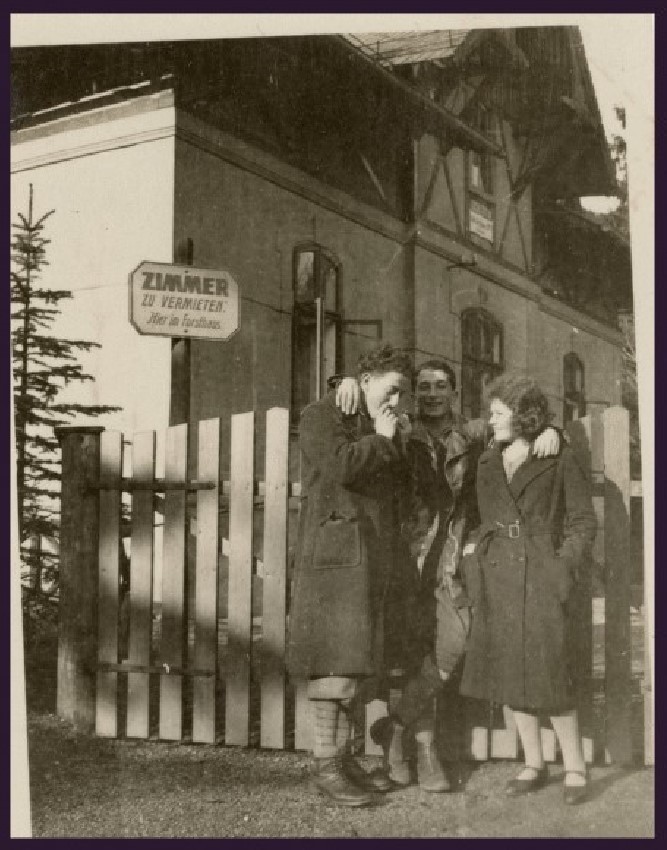
The Jews of Denmark in the Holocaust
Life and Death in Theresienstadt Ghetto
In her book, Dr. Silvia Goldbaum Tarabini Fracapane covers an important aspect of the experience of Danish Jews during the Holocaust, one that has long stood in the shadow of the hegemonic story regarding the rescue of the Danish Jews in October 1943. The talk covers the aspects of the Danish Jews’ experience with Theresienstadt, from their deportation through their relationships and life in the ghetto to their return to Denmark and their postwar lives.
Dr. Silvia Goldbaum Tarabini Fracapane is a historian and an independent scholar. Her research focuses primarily on everyday life in the Theresienstadt ghetto seen from the perspective of Danish ghetto inmates.
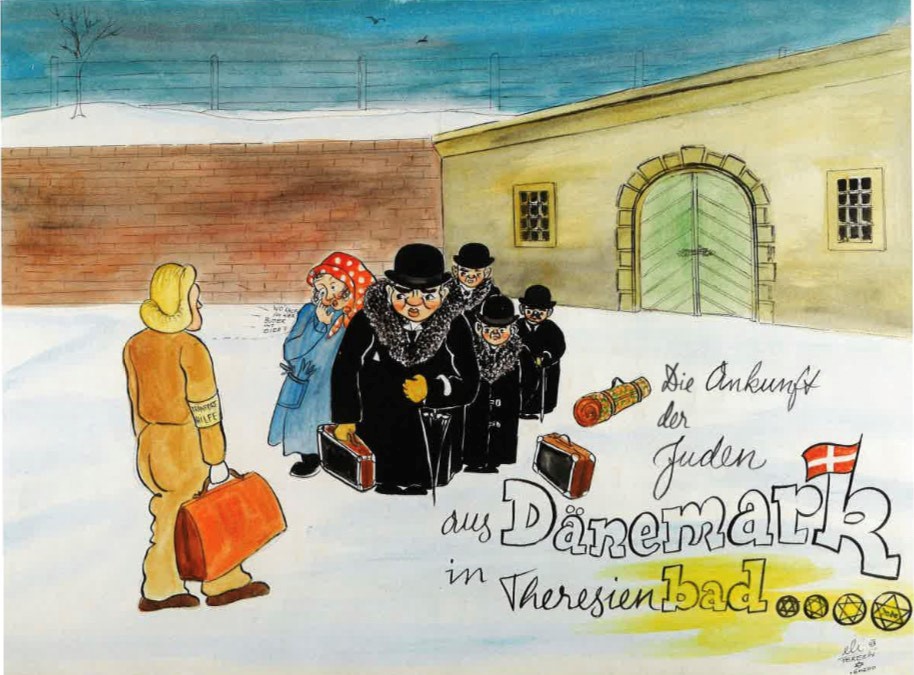
Understanding Holocaust Experience through Material Artifacts and Artworks
Playing and Picturing Chess in Theresienstadt
What can chess figures made in ghettos and concentration camps tell us about people’s experiences? What did people have to sacrifice to continue playing the game? And why was the game of chess so widely played by the victims of Nazi oppression?

Swimming against stereotype:
My father, sports and Terezin
Helen Epstein
Helen Epstein, who raised Second-Generation consciousness in 1979 with her book Children of the Holocaust, just curated an exhibit about her father, Olympic swimmer Kurt Epstein (1904-1975), at Pamatnik Terezin in the Czech Republic. The exhibit was first displayed in the Podripsky Museum, once the Epstein home in Roudnice, one of the four historic Bohemian Jewish settlements outside of Prague.

The fate of the German Jews in the Shoah
Prof. Moshe Zimmermann
German Jews were at the heart of danger since the outbreak of WWll.
The lecture focuses on their unique history.
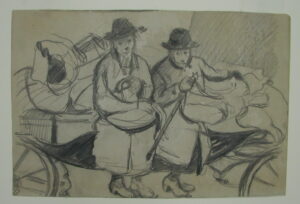
For more lectures please look at Past Events
Newsletter Sign up

